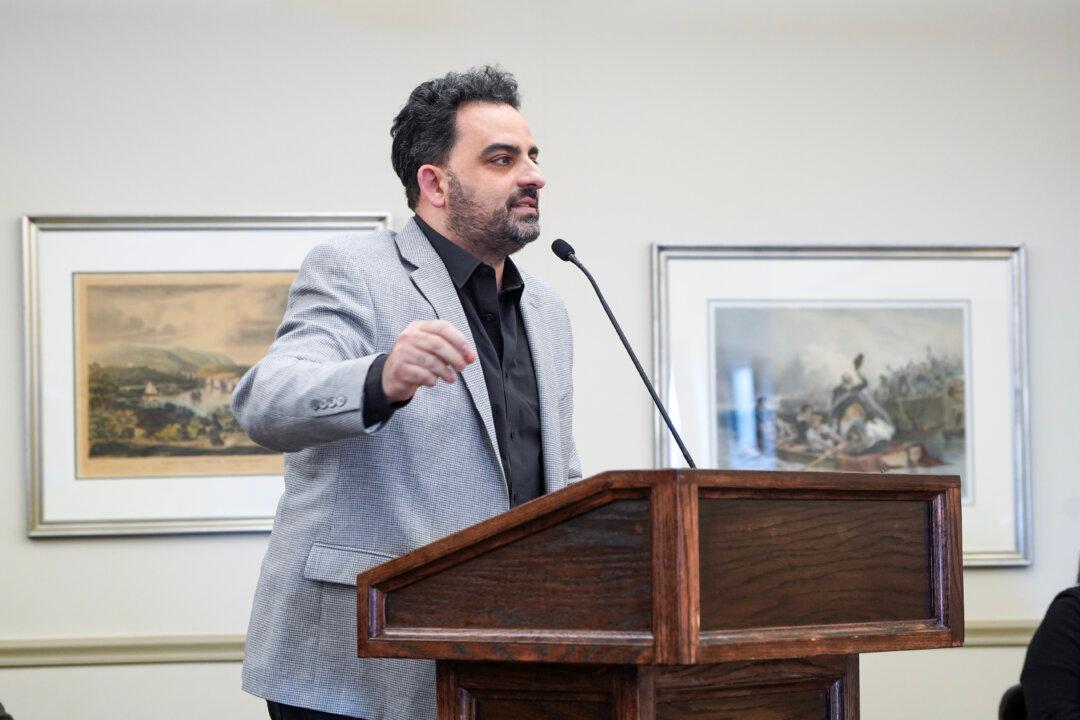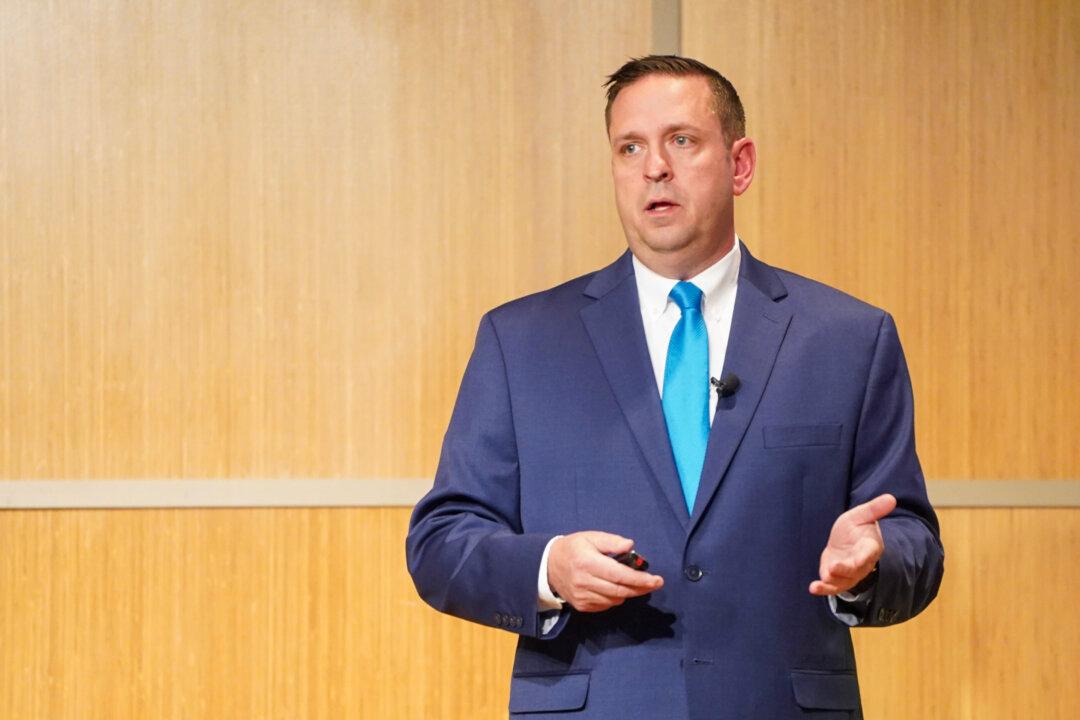Several Orange County residents asked for more trains and more reliable services on the Metro-North Port Jervis line at a public forum in Cornwall on Feb. 17.
The forum was convened by Congressman Patrick Ryan (D-N.Y.) in the face of the nation’s first congestion toll set in Manhattan, which, if it takes effect as planned in spring, will charge an average passenger car commuter $15 per day for driving south of 60th Street.





